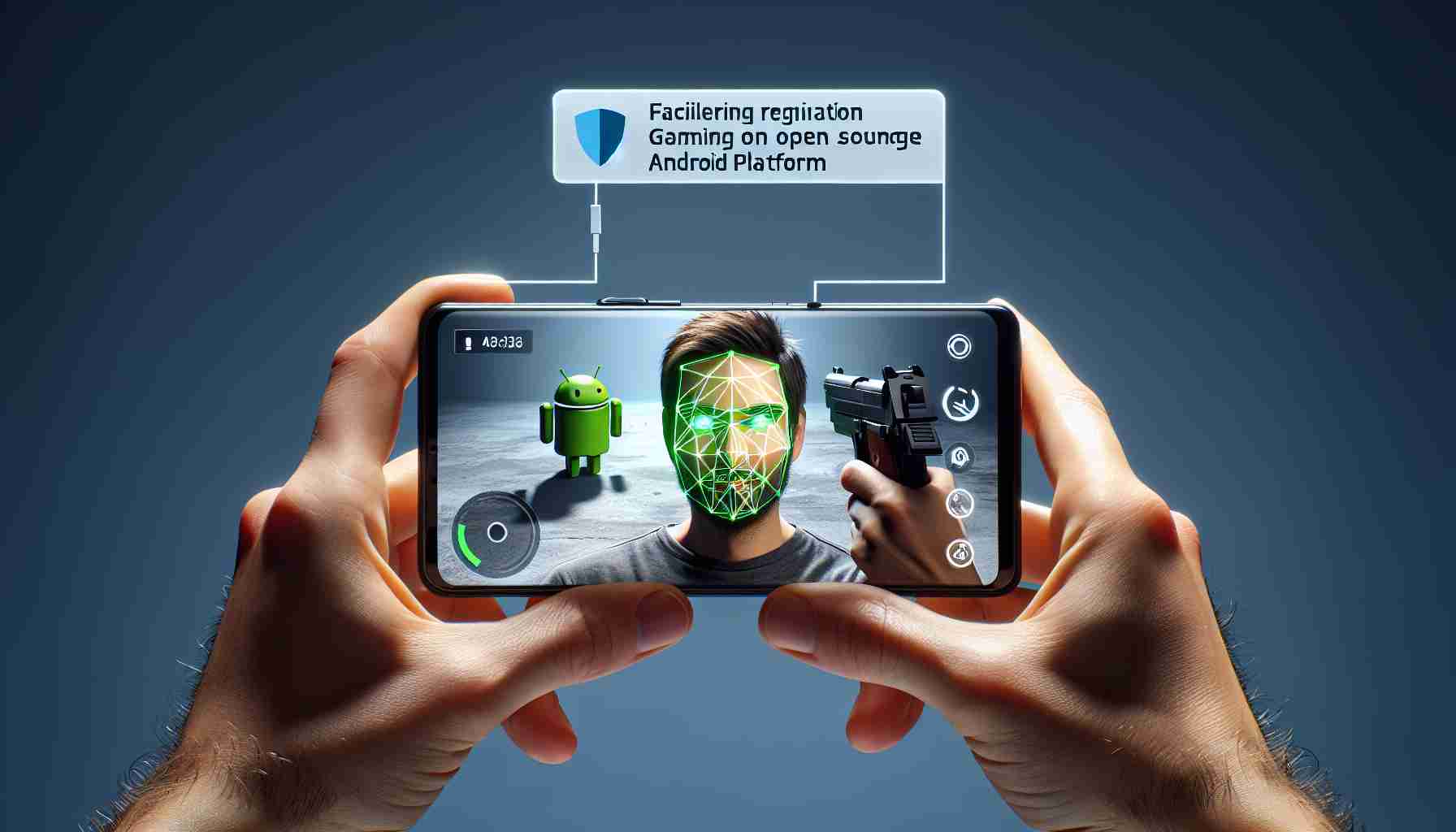Google introduces facial gesture gaming control on Android
In a leap towards more accessible gaming solutions, Google has transferred the reins of Project Gameface to the Android developer community. This innovative technology allows gamers to manipulate the gaming cursor through facial movements and has now been released as open-source software.
Previously showcased at Google I/O for desktop use, the tool enables interaction with games via simple facial gestures captured by the device’s camera. Leveraging MediaPipe’s Face Landmarks Detection API, the system interprets various facial expressions to facilitate control. Users can, for example, open their mouths to shift the cursor or elevate their eyebrows to perform click-and-drag actions.
The focus is on creating a customizable experience; gamers can adjust the facial gestures, the sensitivity of the controls, and other settings according to their convenience. With this development, gone are the days of relying solely on traditional hand-operated mice—players can now enjoy an intuitive and personalized gaming experience.
Extending beyond gaming to support diverse applications
What began as a gaming aid has transcended its origins. Google collaborates with Incluzza to examine how Project Gameface could be beneficial beyond entertainment, exploring its utility in workplaces, classrooms, and other social settings.
The project draws inspiration from Lance Carr, a quadriplegic streamer determined to democratize gaming accessibility. Carr, who has muscular dystrophy, has actively partnered with Google, contributing his expertise towards crafting an affordable alternative to pricey head-tracking equipment. This venture symbolizes a significant stride toward inclusive technology, making digital interaction feasible for individuals with varying physical capabilities.
Key Questions and Answers
– What technology is used in Project Gameface for detecting facial gestures?
Project Gameface utilizes MediaPipe’s Face Landmarks Detection API to interpret facial expressions and translate them into gaming commands.
– Can the facial gesture controls be customized?
Yes, the system allows users to customize the facial gestures, control sensitivity, and other settings to tailor the experience to their individual needs.
– What are the potential applications of Project Gameface beyond gaming?
Project Gameface has potential applications in various settings, such as workplaces, classrooms, and social settings, enabling people with disabilities to interact with computers and smart devices more easily.
Challenges and Controversies
A significant challenge associated with face-controlled gaming and user interface control technologies involves privacy and security. Since these systems rely on camera input to detect facial movements, concerns about how facial data is collected, stored, and used are predominant. Ensuring user data is protected and not exploited for unintended purposes is crucial.
Another challenge is ensuring that the technology accurately and reliably captures and interprets a wide range of facial expressions and movements, making it usable for people with varying abilities and across different ethnicities and age groups.
In rare cases, facial recognition and gesture detection technologies could be controversial if there’s a perception of bias or inaccuracy in recognizing diverse users.
Advantages and Disadvantages
Advantages:
– Provides a unique and customizable way to interact with games and other applications
– Enhances accessibility for individuals with physical disabilities who may find traditional input devices challenging to use
– Promotes inclusive technology and helps democratize digital access
Disadvantages:
– May raise privacy concerns due to the use of the camera and the processing of biometric data
– There could be a learning curve for users adapting to this new mode of interaction
– The efficiency and accuracy of facial gesture recognition could vary based on the device’s quality and the surrounding environment
Suggested related links:
To learn more about MediaPipe’s Face Landmarks Detection API and accessibility efforts by Google, you can visit their main websites:
– MediaPipe
– Google Accessibility
Please note, given the innovative release from Google, similar initiatives, and technologies likely exist from other companies and open-source projects. Advocacy groups for people with disabilities might also have additional resources and information on accessible gaming solutions.
The source of the article is from the blog windowsvistamagazine.es
